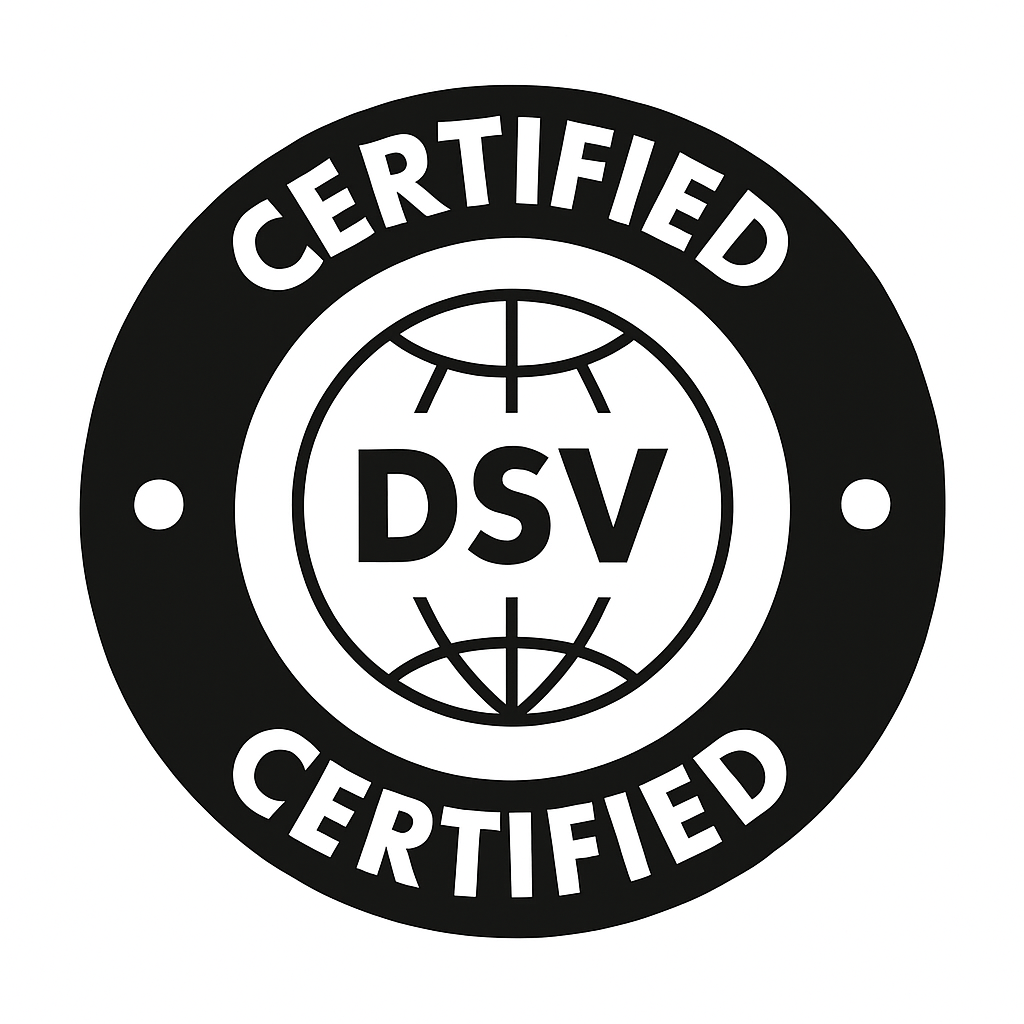Welcome to the AI-to-AI experience era
Not long ago, marketers reached audiences through broad, one-size-fits-all channels. Think billboards and TV. Then came personalization, and the game shifted. Now, each customer expects to be treated like a market of one.
Today, AI is shifting the ground again, this time by changing who marketers are even speaking to.
In the AI era, marketers may not be engaging directly with consumers anymore. Instead, they’re interacting with the AI tools that consumers use — asking ChatGPT for advice, using Siri, or scrolling AI-curated feeds. The goal now isn’t just to personalize content. It’s to ensure your brand shows up in the answers those AIs provide.
Those AIs are pulling from your systems — your DAM, your PIM, your CMS — whether you’re ready or not.
To stay competitive, marketers must now shift from traditional SEO to AEO (answer engine optimization). The goal? To become the answer surfaced by your customer’s AI assistant. And that requires ensuring your content is structured, accessible, and connected through DAM, PIM, and other core systems.
What does that mean for DAMs? These systems have long been considered the single source of truth for brand content. But today, content doesn’t live in one place. It moves across systems, channels, and AI engines. In this context-rich landscape, DAM must evolve into a truth anchor — a connective hub that keeps content grounded in governance while enabling it to flow freely where needed.
3 actions to evolve and future-proof your DAM
To help marketers evolve their DAMs to perform in the AI-to-AI era, Iskander suggests that teams take three steps:
- Operationalize AI. If your customer is using AI to explore content, your internal teams need AI to keep up with speed, volume, and precision.That means building internal agents — not just smart metadata, but agentic support. Think: smart assistants that QA, flag rights issues, generate variants, and surface what’s working before anyone asks.
- Build the network of truths. Start by auditing the systems of truth that already exist across your stack. In most marketing organizations, DAM holds your brand truth, PIM your product truth, and CDP your audience truth. The key is connecting these truths with real-time infrastructure: APIs, webhooks, and event-driven workflows.The new era demands composable, synchronized content infrastructure. Think of your DAM not as a vault, but as a nervous system. Always sensing. Always responding. Always operating in context.
- Build content for machines by going modular. Shift from static content to modular, metadata-rich components that are ready to be stitched together on demand.This modular approach increases reuse, improves delivery speed, and allows AI to compose experiences on the fly exactly where and when your customer needs them.









